PHONE US: (778) 484 1484
Sleep breathing disorders are complex and they are a continuum. They include everything from the “babbling brook” or snoring all the way up to not breathing at all (apnea). If you have irregular breathing, difficulty sleeping, daytime drowsiness, lack of energy, or abnormal sleep patterns – you may have a sleep breathing disorder.
These disorders can lead to serious health consequences – dramatic increase in the risk for high blood pressure, cardiac arrhythmia, stroke, motor vehicle accident, cancer, and type II diabetes to name a few. Some of these can be fatal, and certainly all can have a huge impact on the quality of your life.
A person really only has three states in which one exists. Awake, light sleep, and deep/REM sleep.
The deep and REM sleep portions of sleep are the useful portions of sleep. It is during these stages that the poorly understood reparative processes happen for the body. It is also during these sleep states that our brains are in Delta wave sleep, our bodies are the most flaccid, and we are the most vulnerable to a compromised airway.
Light sleep is merely a means to an end. The normal sleep patterns would see a person cycle through light, deep, and REM sleep 3 – 5 times in a night. Further, a normal nights sleep is 7 – 9 hours. Less is no good and more is equally as predictive of problems as well.
The first step along the continuum of sleep breathing disorders is snoring. This indicates turbulent airflow meaning air is not flowing easily or smoothly into the lungs. Interestingly, snoring has been shown to have an affect on the carotid arteries resulting in their hardening and the development of plaques.
The second step is something referred to as a RERA – a respiratory event related arousal. This is simply a subtle waking of your body related to an increased effort required for you to breathe or get enough air. This involves your brain and a process known as Alpha wave infiltration. These Alpha brain waves are choppy and erratic and they disrupt the desirable, reparative Delta waves. This can lead to fatigue through incongruent sleep states.
The third step along the sleep breathing disorder continuum is known as hypopnea. Simply put, it means your body only takes up to 70% of a normal breath, and the event is accompanied by a drop in your blood oxygen levels of 4% or greater.
Lastly, we have the apneas – this means you stop breathing at all. These apneas can be obstructive in nature meaning that something clogs the airway. This may be from tongue posture, excess throat tissue, inflamed muscles of the throat, or simple gravity. The other type of apnea is a central apnea meaning your brain actually forgets to send you the signal to breathe.
All of these events are significant, and all of these events are treatable. Dr. Mark Provencher is well trained in screening for possible issues as well as in the treatment of them.
